
What is the soldier's custom?
If you are not a Ly Son native or have never witnessed this ceremony, when you hear the phrase “khao le the linh”, you will not understand what it means. Just those 4 words contain many stories of our ancestors when they opened up new lands as well as protected the sovereignty of the national territorial waters.
So what is “khao le the linh”? Le here is understood as a habit that has become a routine, a custom. Khao le means the annual custom of celebrating for soldiers who went to Hoang Sa to protect the Fatherland. The linh is a ritual, more or less tinged with religion. People use effigies to replace the soldiers who went to Hoang Sa.
The Khao Le The Linh Festival has been maintained by the people of Ly Son for hundreds of years since Lord Nguyen ruled the South.
Every year, the feudal dynasties of Vietnam since the Nguyen Lords sent people to Hoang Sa, and later Truong Sa, to protect the sovereignty of the territorial waters. This army not only included people from Ly Son Island but also young men from many coastal areas of Quang Ngai .
However, only in Ly Son is there a Khao Le ceremony. Why? Dr. Nguyen Dang Vu - an expert in coastal culture research in Quang Ngai said that the number of people going to Hoang Sa in other places is not as much as in Ly Son.
Perhaps, during the voyages to Hoang Sa to protect the island, the number of Ly Son children accounted for the largest proportion and also sacrificed the most. That is why the ritual of remembering those who sacrificed has always been maintained by the people of Ly Son for the past several hundred years.

The fate of soldiers
The elderly women in Ly Son still sing this line: “Hoang Sa is a vast sea and sky/ People go but never return”. The song is as sad as a corner of the island at sunset!
Looking at the luggage they brought with them when they got on the boat, it was enough to see that Hoang Sa at that time meant "a trip of no return". Each soldier, in addition to food, also brought a pair of sedge mats, some bamboo poles, and a card with their name and hometown engraved on it.
These were in case someone died, the comrades would wrap the body in two sedge mats with a dog tag and throw it into the sea, hoping that the soldier's body would wash ashore. And the people would know the relatives of the unfortunate person and inform their relatives.
It was just a way of “precaution” because almost all the soldiers who died on the thousand-mile voyages of that time did not leave any trace. The proof of that is the hundreds of wind graves that still exist on Ly Son Island. In each grave are only clay figures!
Ly Son is only 10 square kilometers wide, and its population has now reached over 22,000 people. But the village still reserves land for those wind graves to survive over time. This is enough to show the fierceness of the Hoang Sa trips in the past and the sacredness that the island's descendants still hold for those who sacrificed for a great cause.
In Ly Son, there are still people who specialize in molding clay figures to bury in wind graves. These are the graves of fishermen who unfortunately died at sea and whose bodies were never found.
The wind tomb dates back to the time when our ancestors went to protect Hoang Sa, and has been maintained by the people of Ly Son until today, although the content is different. It is also a way to preserve and show gratitude to the boundless patriotism of our ancestors.

Respect patriotism
In Hoang Sa, there are two islands named after Pham Quang Anh - the Captain who commanded the soldiers to Hoang Sa to plant sovereignty markers (in 1815 under Gia Long) and Pham Huu Nhat (in 1836 under Minh Mang).
These two captains were brave commanders who had crossed the Hoang Sa archipelago many times. As for Pham Quang Anh, for two consecutive years, he set foot on Hoang Sa to measure the hydrographic route (1815-1816).
However, the harshness of nature did not give those heroes any chance to return to the mainland again.
Their bodies and those of their comrades remained in the sea, replacing the national sovereignty markers. Their descendants used their names to name two islands in Hoang Sa.
Ly Son currently has a temple named “fallen soldiers”. It preserves hundreds of tablets, each tablet corresponding to a soldier who died while on duty in Hoang Sa.
Through many years of war, rebellion and fire, the people of Ly Son still protect these cards like treasures.
Mr. Vo Hien Dat, until his death (2017), had been guarding this temple for 60 years. He revived the atmosphere of the days when Ly Son youth stepped onto boats to head straight to Hoang Sa by restoring the fragile bamboo boats - the means of transport to Hoang Sa at that time.
Looking at the bamboo boats and artifacts that soldiers used to carry out their duties in Hoang Sa, today's descendants can imagine the fierceness of those sea voyages.
Every February of the lunar calendar, the clans on Ly Son Island hold the Khao Le ceremony to honor the Hoang Sa soldiers. This is also the time when their ancestors sailed to Hoang Sa to carry out their duties. The entire atmosphere of “going to Hoang Sa” in the past has been recreated in the Khao Le ceremony with all its sacredness and solemnity.
It is no coincidence that the Hoang Sa Soldiers' Commemoration Ceremony was recognized as a national intangible heritage in 2013.
The difference that the Khao Le Festival retains is that it is organized by the people, true to the spirit of “the people’s festival”. So the Khao Le Festival continues to exist forever!
Source



![[Photo] Prime Minister Pham Minh Chinh chairs meeting to deploy overcoming consequences of storm No. 10](https://vphoto.vietnam.vn/thumb/1200x675/vietnam/resource/IMAGE/2025/10/3/544f420dcc844463898fcbef46247d16)



![[Photo] Students of Binh Minh Primary School enjoy the full moon festival, receiving the joys of childhood](https://vphoto.vietnam.vn/thumb/1200x675/vietnam/resource/IMAGE/2025/10/3/8cf8abef22fe4471be400a818912cb85)
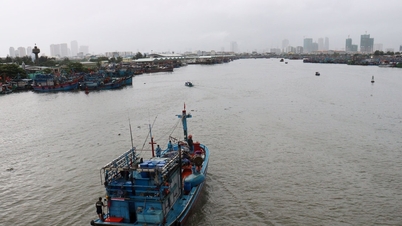



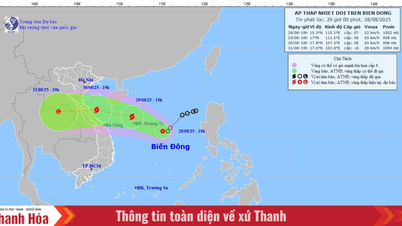

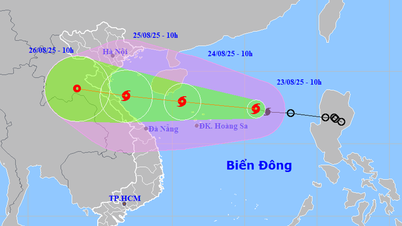
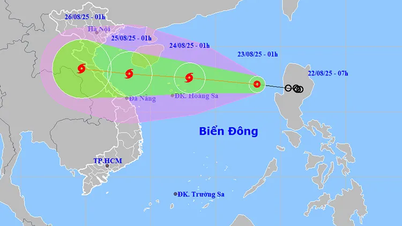

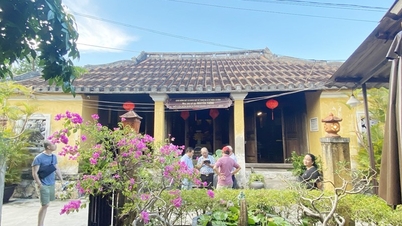


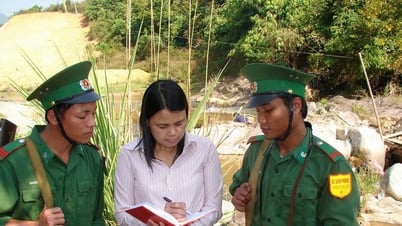
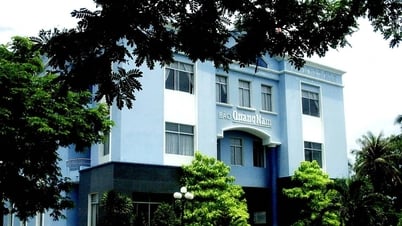
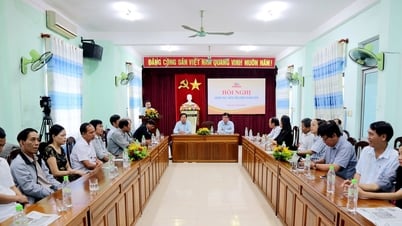
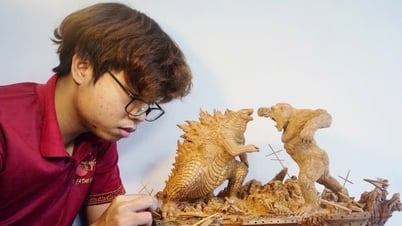




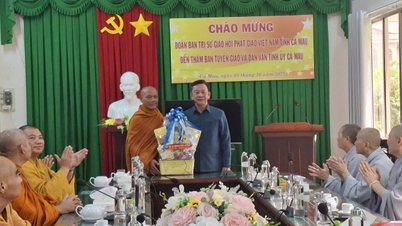
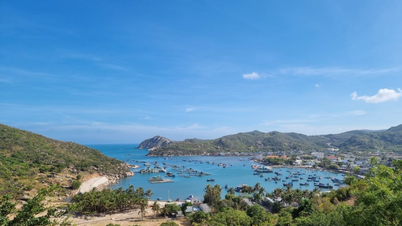
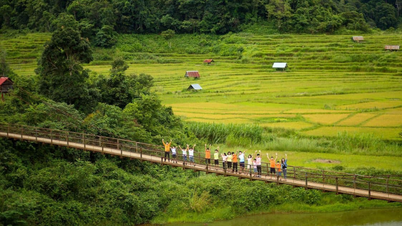
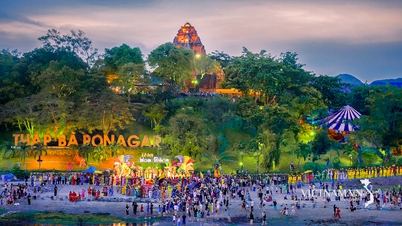




















































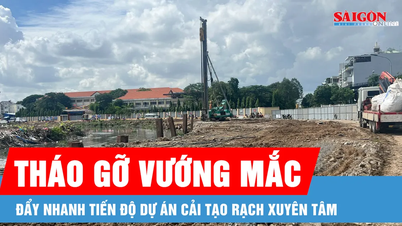
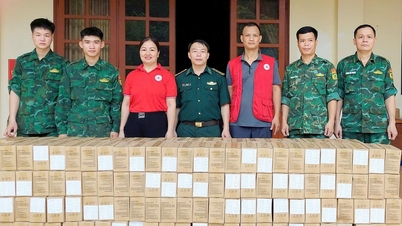



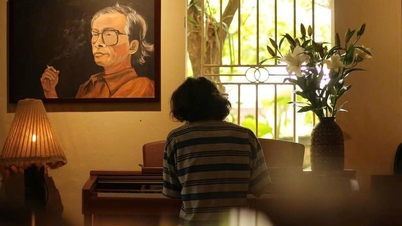

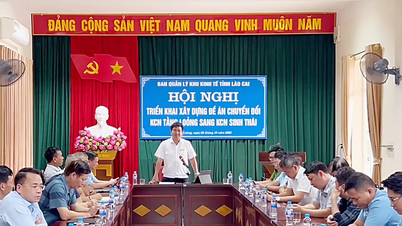












Comment (0)